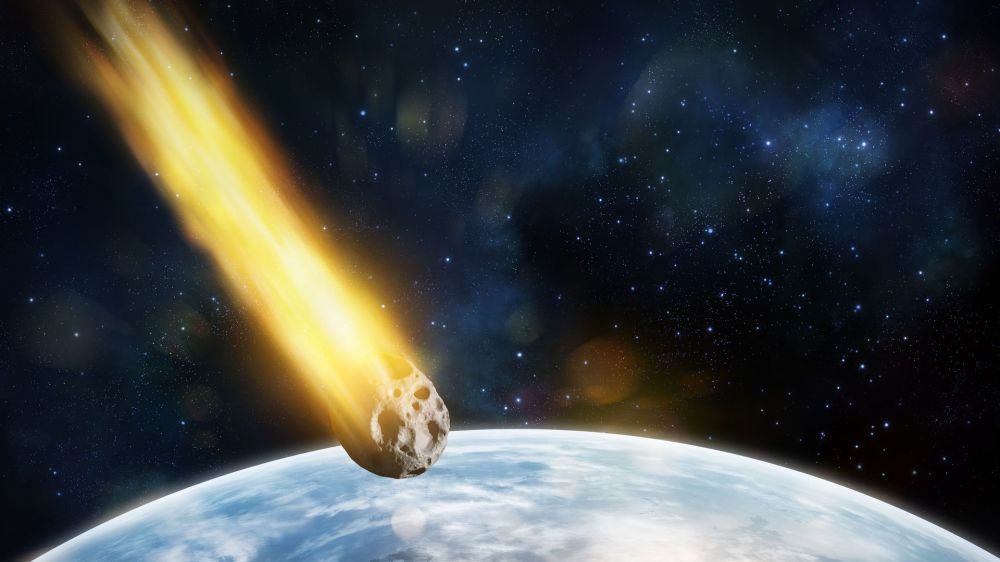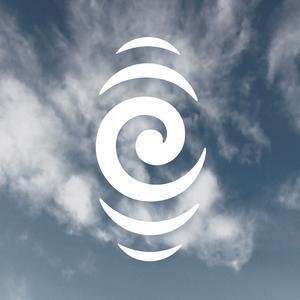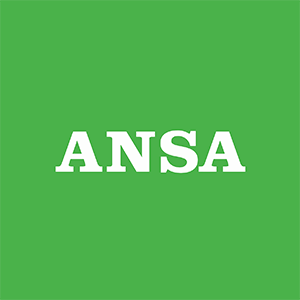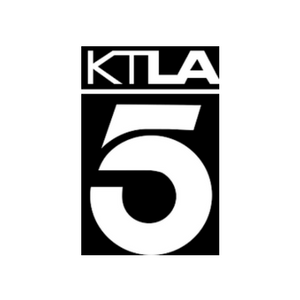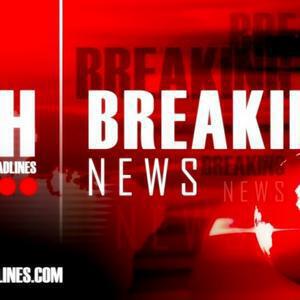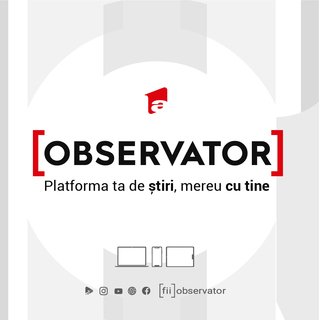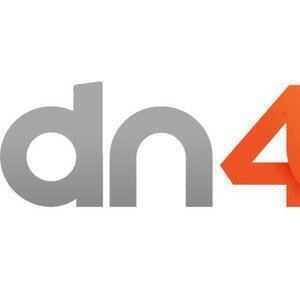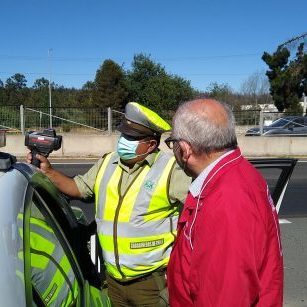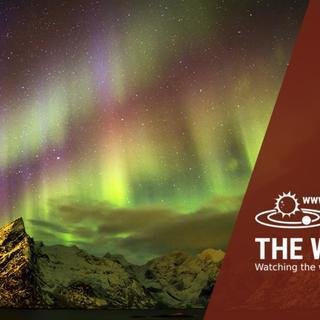- Space agencies have upped the chance once again that a “city-killing” asteroid will strike Earth in 2032. According to NASA and the European Space Agency, the asteroid known as YR4 currently has a roughly 3% chance of hitting Earth.
- The latest risk assessment is up from a 2.6% chance NASA gave the asteroid of striking Earth earlier this week, and a 1% chance both agencies gave the asteroid when it was initially spotted.
- While scientists still say the odds are that the asteroid won’t hit the Earth, it’s still the highest probability ever assigned to an asteroid, according to NASA and the ESA.
Full Story
Space agencies upped the chance once again that a “city-killing” asteroid strikes Earth in 2032. According to NASA and the European Space Agency, the asteroid known as 2024 YR4 currently has a roughly 3% chance of hitting Earth.
The latest risk assessment is up from a 2.6% chance NASA gave the asteroid of striking Earth earlier during the week of Feb. 17, and a 1% chance both agencies gave the asteroid when it was initially spotted.
Is it really something to worry about?
While scientists still say the odds are that the asteroid won’t hit the Earth, it’s still the highest probability ever assigned to an asteroid, according to NASA and the ESA.
NASA currently gives the asteroid a 3.1% chance of slamming into Earth, which is about a 1 in 32 risk of impact. The European Space Agency’s prediction is lower, with the risk of impact at 2.8%.
Both assessments are up since the week of Feb. 10, when NASA gave the space object a 2.2% chance of striking our planet.
If YR4 were to hit Earth, astronomers say it would happen on Dec. 22, 2032, but chances are that it will not happen. Researchers note that the probability of the asteroid striking Earth will likely drop below zero as more studies are done on YR4.
Are space agencies preparing for a worst-case scenario?
Space agencies are preparing for worst-case scenarios just in case of impact. Beijing is currently recruiting for a “planetary defense” unit and would use a method similar to NASA’s Double Asteroid Redirection Test (DART) to mitigate the threat of YR4.
Space agencies are also closely monitoring the asteroid, which they say is anywhere from 130 feet to 300 feet wide, and is big enough to create an energy force equivalent to a nuclear bomb if it were to strike Earth.
How catastrophic would it be?
CBS News space consultant Bill Harwood said the asteroid “wouldn’t be something like the rock that killed the dinosaurs. It wouldn’t affect the global climate, but it would certainly be a disaster of every proportion. So, we’re all hoping that doesn’t happen.”
